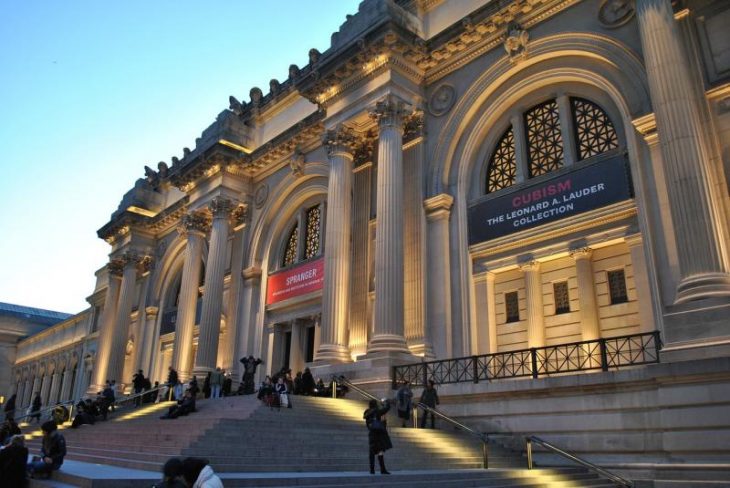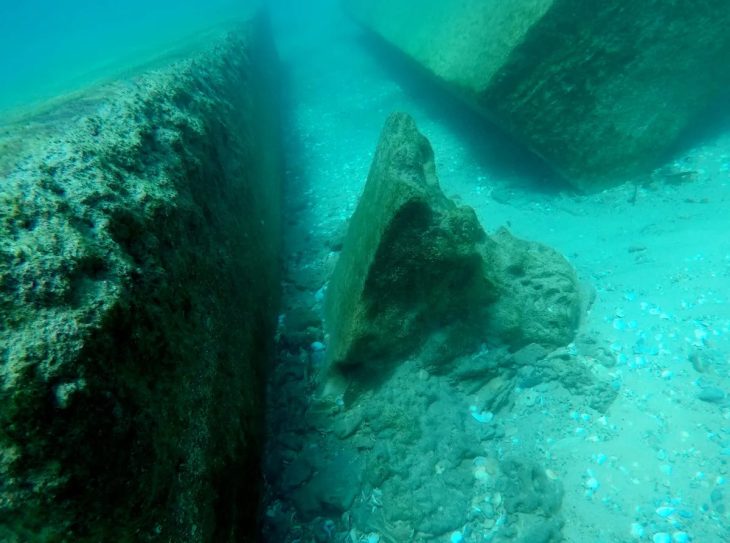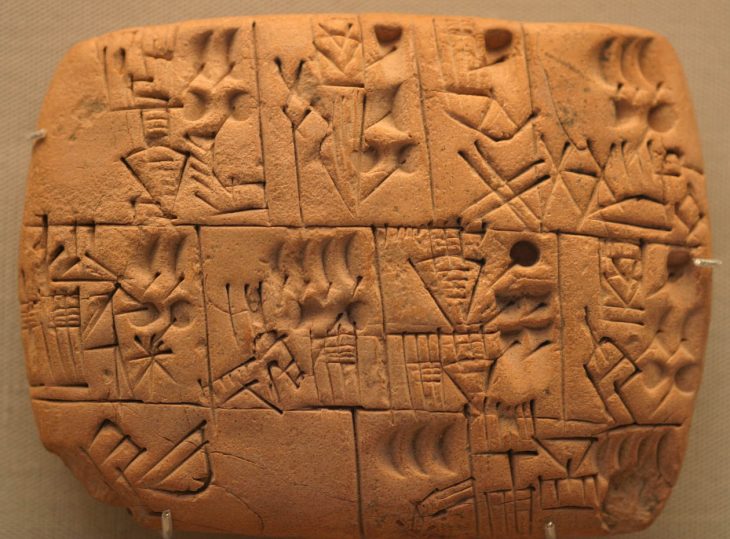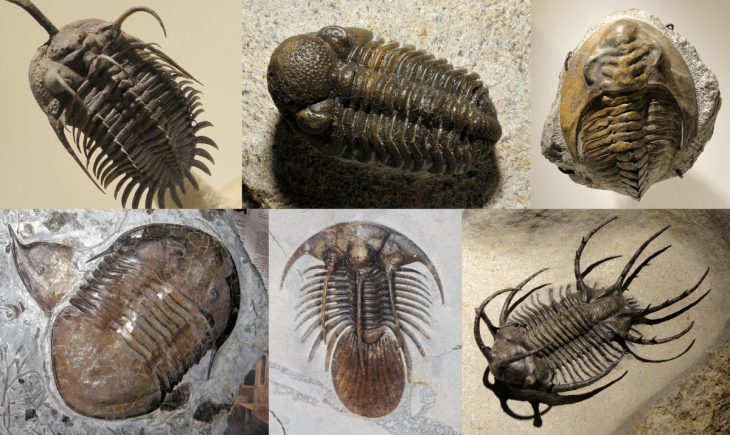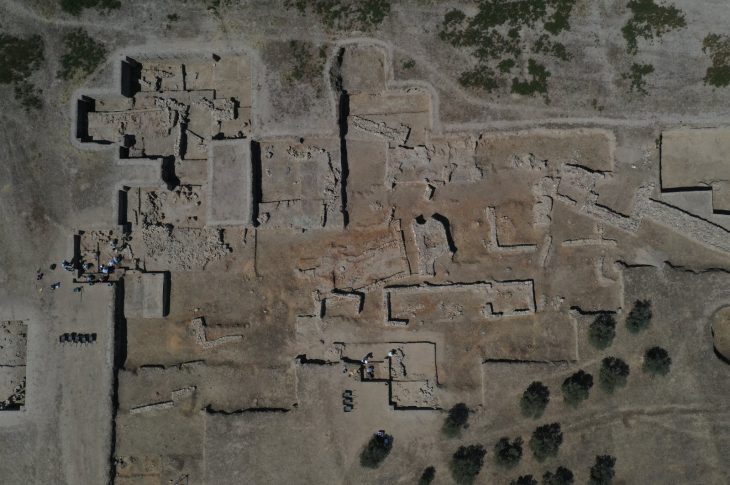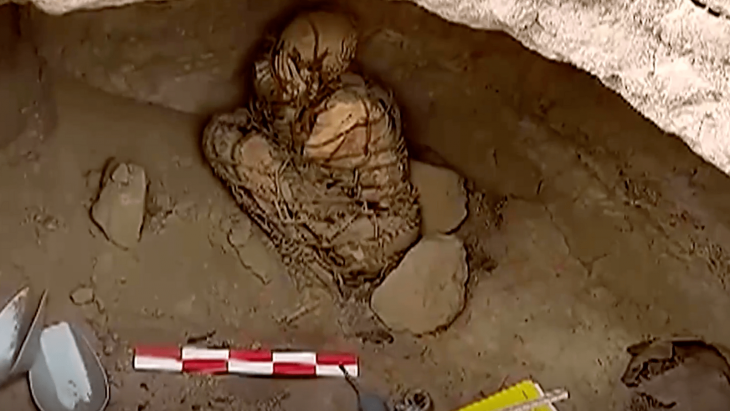Archaeologists have discovered the oldest known bead in the Americas at the La Prele Mammoth site in Converse County, United States.
The oldest known bead in the Americas was discovered by University of Wyoming archeology professor Todd Surovell and his team and is in the shape of a tube made of bone that is approximately 12,940 years old.
The campsite was located along Le Prele Creek near the North Platte River, not far from present-day Douglas. Perhaps it is more appropriate to refer to it as a hunting camp. While that may not seem unusual, this camp was not for processing deer or elk, but rather a mammoth. The site was active approximately 13,000 years ago.
The bead measures 7mm in length by 1.6mm and was likely worn as a decorative item on clothing. Both ends of the bead are smoothed and polished, while the surface has a layer of red ochre. Grooves found on the outside of the bead are consistent with creation by humans, either with stones or their teeth.
Professor Todd Surovell’s research is published in Scientific Reports; the paper is titled “Use of hare bone for the manufacture of a Clovis bead.” Members of the research team included collaborators from UW, the Office of the Wyoming State Archaeologist, the University of Manchester, Weber State University, and Chico State University.
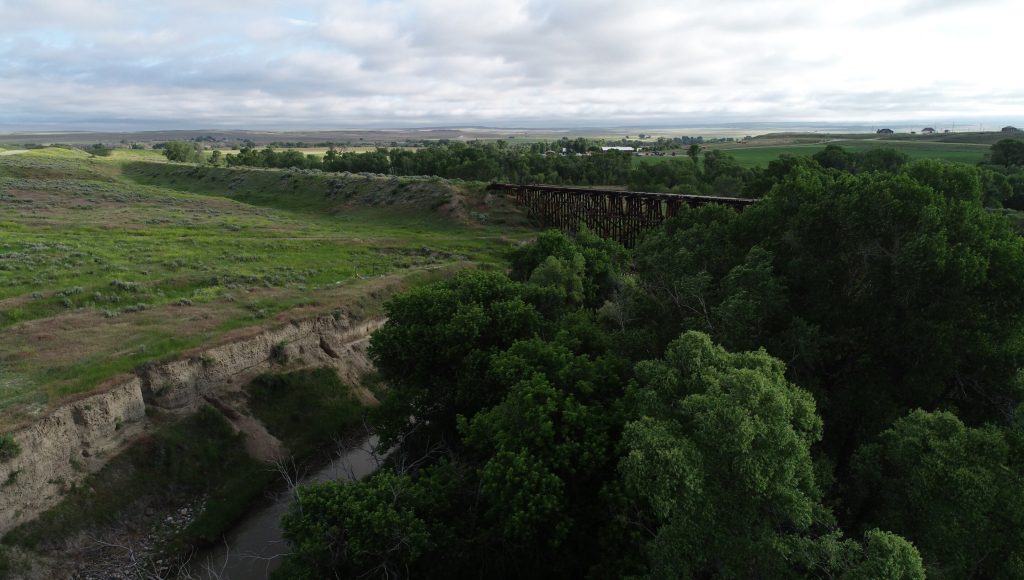
The La Prele Mammoth site preserves the remains of a killed or scavenged sub-adult Columbian mammoth and an associated camp occupied during the time the animal was butchered.
By using mass spectrometry, or ZooMS, to extract collagen for zooarchaeology, the team was able to ascertain the origin of the bone bead and obtain valuable information about the chemical makeup of the bone.
The researchers concluded that the bead was made from either a metapodial (the bones that link the phalanges of the digits to the more proximal bones of the limb) or a proximal phalanx (a bone found in the fingers and toes of humans and other vertebrates) of a hare.
This discovery provides the first secure evidence for the use of hares during the Clovis period, a prehistoric era in North America that peaked around 12,000 years ago. It is named for the Clovis archaeological site in New Mexico, where unique stone tools were discovered.
Cover Photo: University of Wyoming


